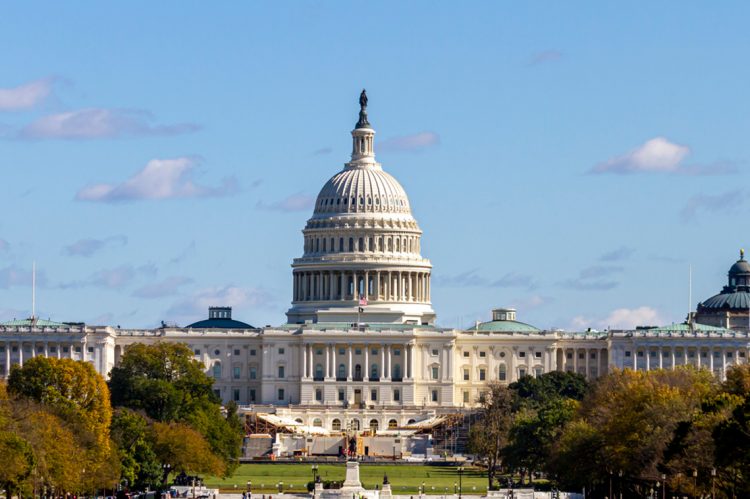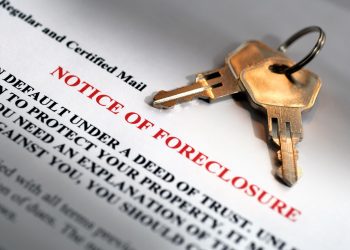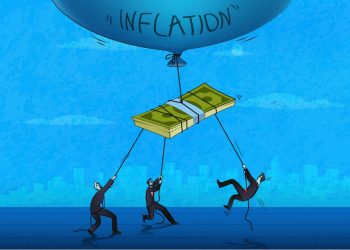Last week, two Democratic senators (Chuck Schumer of New York and Joe Manchin of West Virginia) announced an agreement on draft legislation that salvages some of last year’s Build Back Better framework. Much smaller in scope, the bill targets healthcare and climate action, also making some significant tax changes even as President Joe Biden claims individuals making less than $400,000 a year will not see their taxes go up.
Elevate Your Buyer Consultations with Client One Sheets
Treat buyer counseling sessions with the same importance as a listing presentation. Learn to highlight what differentiates you from other buyer agents with the Accredited Buyer’s Representative (ABR®) designation. Learn more.
Business Tip of the Day provided by
Categories
The Most Important Real Estate News & Events
Click below to receive the latest real estate news and events directly to your inbox.
By signing up, you agree to our TOS and Privacy Policy.













